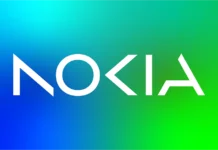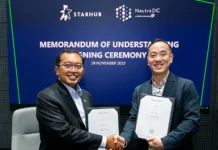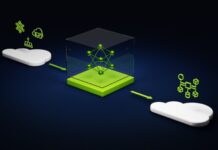Vip mobile, the youngest of Serbia’s three mobile operators, is running a base station powered by solar and wind energy as part of a trial into renewal energy.
The site provides coverage to several kilometers along the Belgrade-Nis highway that has no electricity grid connectivity. The operator is using Nokia Siemens Networks’ Energy Solutions, which can reduce the use of diesel generators at sites by as much as 90%.
Rene Schiefer, head of Access Network at Vip mobile said, We are committed to extending network connectivity to under-served areas of the country, while ensuring the environmental impact of our overall operations remains limited. Renewable energy addresses these requirements by minimizing our reliance on diesel generators to power telecom infrastructure in areas with limited or no grid connectivity.
The Off-Grid Site Solution provided by Nokia Siemens Networks uses solar panels, wind turbines, deep cycling batteries, alongside diesel generators for backup, and a “Green Energy Controller” that manages these components. The solution typically reduces the diesel generator runtime from 24 hours to an average of less than 3 hours per day.



















